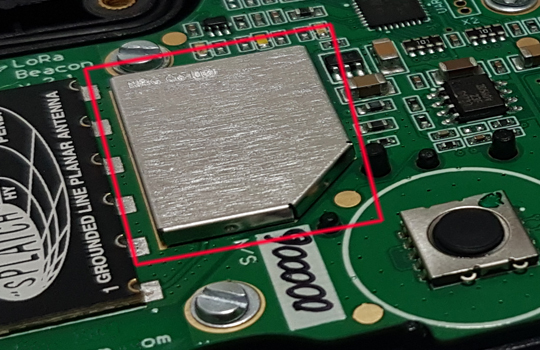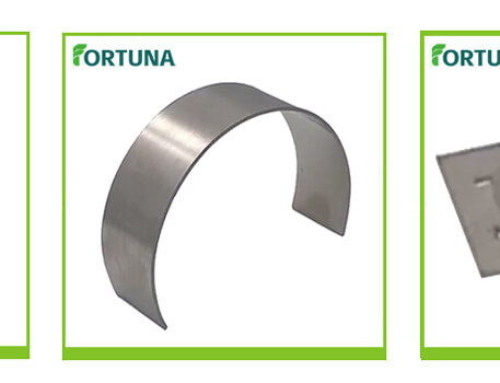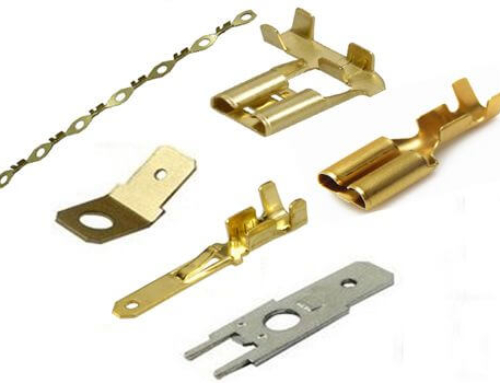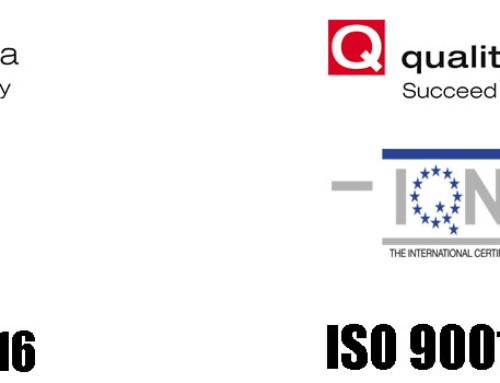EMI SHIELDING (ELECTROMAGNETIC SHIELDING)
EMI shielding (electromagnetic shielding) is the practice of surrounding electronics and cables with conductive or magnetic materials to guard against incoming or outgoing emissions of electromagnetic frequencies (EMF).
EMI Shielding is conducted for several reasons. The most common purpose is to prevent electromagnetic interference(EMI) from affecting sensitive electronics. Metallic mesh shields are often used to protect one component from affecting another inside a particular device. In a smartphone, for example, a metallic shield protects electronics from its cellular transmitter/receiver. Radiation shields in mobile phones also decrease the amount of radio frequency(RF) energy that might be absorbed by the user.
WHY IS EMI SHIELDING IMPORTANT?
EMI shielding is important is for your design. Electromagnetic interference (EMI) can disrupt electronic devices, equipment, and systems that are used in critical applications. Examples include medical, military, and aerospace electronics; mass transit systems; industrial touch screens; and navigation and vehicular control systems-just to name a few. The causes of EMI are numerous, and include both man-made and natural sources. The results can range from temporary disturbances and data losses to system failure and even loss of life.
EMI MATERIALS
There are a wide variety of material used to create EMI and RFI shielding. However, the EMI shielding process requires a conducting surface, so it uses almost only metal. Those metals used for shielding services must also have high magnetic permeability and good magnetic energy absorption.
Similarly, EMI enclosures are generally constructed using solid or perforated stainless steel, nickel silver, copper alloy or mu-metal.
STEEL
Tinplate steel metal traditionally valued for its strength and durability. As a shielding material, it’s more valued for its permeability, as it allows it to effectively block low-frequency EMI. This is especially true of stainless steel and carbon steel.
NICKEL SILVER
Nickel is a popular shielding material that is valued for its magnetism, durability, hardness and electrical conductivity. It can be utilized a few different ways. First, it can be used alone as a shield. Second, it can be part of an alloyed electromagnetic shield material.
COPPER
Copper is an excellent and incredibly common magnetic shield material. Shielding providers value it for its effectiveness at blocking and reducing EMI and RFI, and its great formability. Its only drawback is that it costs more than others.
MU-METAL
Mumetal is an alloy that features metals including iron, copper, nickel and molybdenum. Offering the highest level of EMI/RF reduction out there, it also have very high magnetic permeability.
EMI SHIELDING EFFECTIVENESS
EMI shielding provides customers with innumerable advantages, among them, health protection, improved equipment performance, durability and sustainability.
HOW TO PREVENT IT?
EMI regulations help keep the multitude of electronic devices functioning properly. Without these regulations our electronic devices would suffer a significant degradation of performance and data loss.
Some basic options for preventing EMI include:
- keeping electronic devices away from heavy machinery, motors or generators.
- Using shielded cables
- Using EMI filters
- Using a snubber network between two contacts under 2 A



